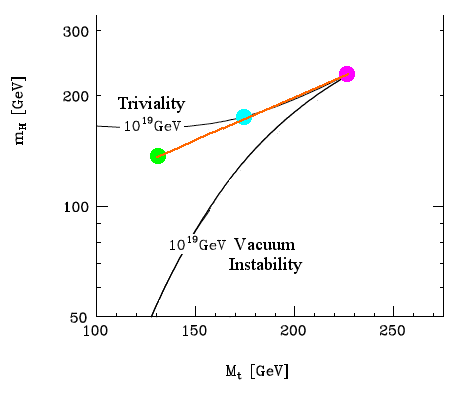
Frank D. (Tony) Smith, Jr. - 2011 - http://www.valdostamuseum.org/hamsmith/
- pdf
version of this paper - vixra 1108.0031
vixra 1108.0027
also pdf
- Introduction
to
E8
Physics
vixra
1107.0044 also html
and pdf
- EPS
HEP
2011
vixra
1107.0048 also pdf
- Will
LEE
Hide
the
Higgs?

 is the low-mass state of a 130 GeV Truth Quark and
a 145 GeV Higgs.
is the low-mass state of a 130 GeV Truth Quark and
a 145 GeV Higgs.  is the middle-mass state of a 174 GeV Truth
Quark and a 180 GeV Higgs.
is the middle-mass state of a 174 GeV Truth
Quark and a 180 GeV Higgs.  is the high-mass state of a 220 GeV Truth Quark
and a 240 GeV Higgs.
is the high-mass state of a 220 GeV Truth Quark
and a 240 GeV Higgs. 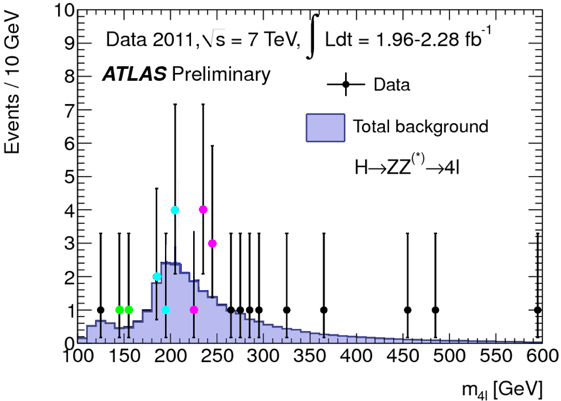
 (background at about 0.5 level) are around 145 to
155 GeV
(background at about 0.5 level) are around 145 to
155 GeV (background at about 2 level) are around 185 to 205
GeV
(background at about 2 level) are around 185 to 205
GeV  (background at about 1.5 level) are around 225
to 245 GeV.
(background at about 1.5 level) are around 225
to 245 GeV.  ...".
...".
 Higgs of my 3-state model
Higgs of my 3-state model and high-mass
and high-mass  Higgs
of my 3-state model are well within the upper bound of 341 GeV.
Higgs
of my 3-state model are well within the upper bound of 341 GeV. 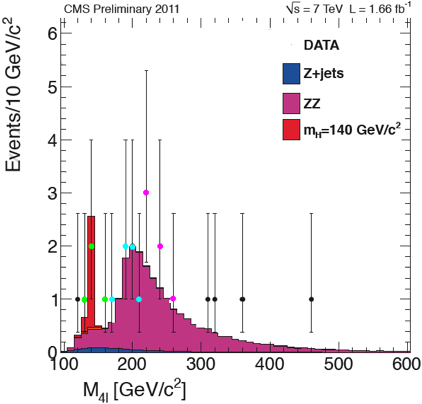
 (background at about 0.5 level) are around
130 to
160 GeV.
(background at about 0.5 level) are around
130 to
160 GeV.  (background at about 2 level) are around 170 to 210
GeV.
(background at about 2 level) are around 170 to 210
GeV.  (background at about 1.5 level) are around 220
to 260 GeV.
(background at about 1.5 level) are around 220
to 260 GeV.  Higgs event:
Higgs event: 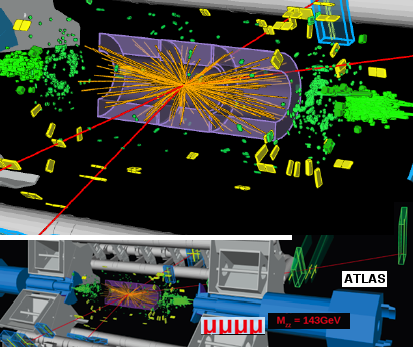
 Higgs
event:
Higgs
event: 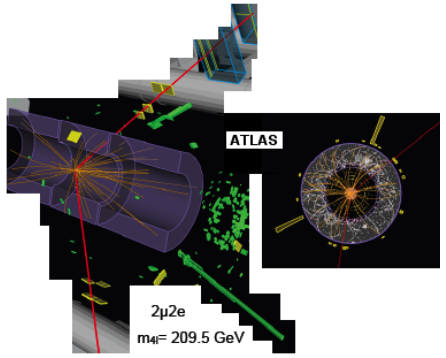
 Higgs
event:
Higgs
event: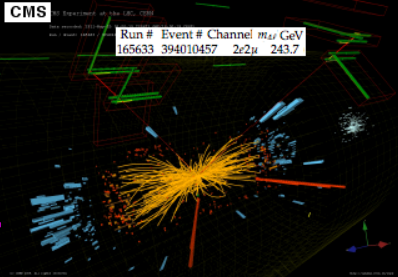
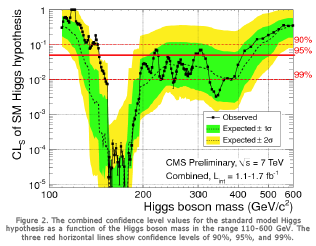 ...".
...". 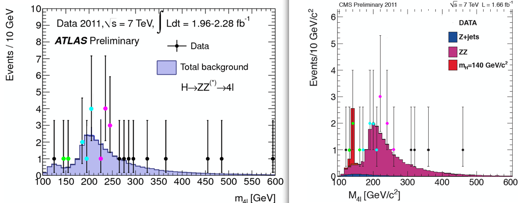
 Higgs state around 145 GeV
Higgs state around 145 GeV  and high-mass
and high-mass  Higgs
states around 200 GeV and 240 GeV.
Higgs
states around 200 GeV and 240 GeV.  and
high-mass
and
high-mass  Higgs states)
Higgs states)  and
high-mass
and
high-mass  Higgs states.
Higgs states. 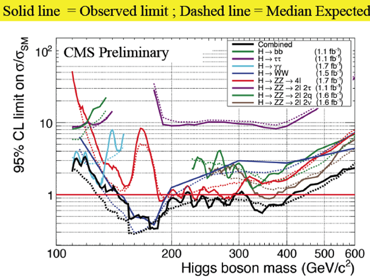
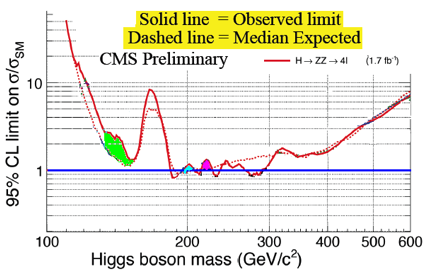
 Higgs state around 145 GeV
Higgs state around 145 GeV  Higgs
(which is very small in the CMS plot)
Higgs
(which is very small in the CMS plot)  Higgs
(mostly due to the CMS 3-event point around 220 GeV).
Higgs
(mostly due to the CMS 3-event point around 220 GeV). 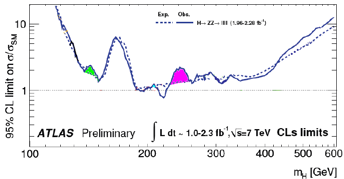
 Higgs
Higgs  Higgs and high-mass
Higgs and high-mass  Higgs.
Higgs.
 and
high-mass
and
high-mass  Higgs
Higgs 